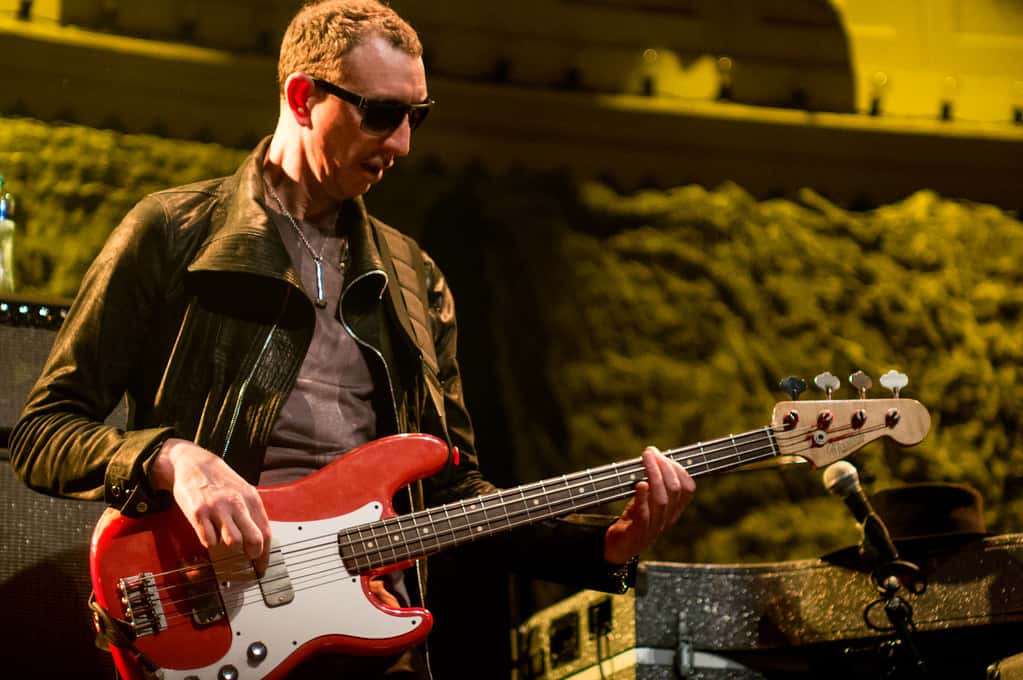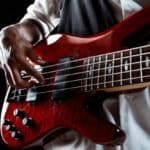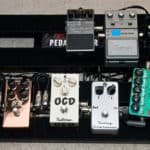You’re trying to get that sweet warm neo soul, R&B, or even lofi hip-hop bass tone but you can’t get quite there.
I’ve been in your shoes and it took me some time to finally get to dial it down.
The bad news is that there’s not a single switch behind your bass that you could turn on and be done with it.
The good news is that I will give you, what I consider, the most important tips to get very close to that tone in your head.
If you want a quick answer about it here it is:
My 9 tips to get a neo soul bass tone are:
- Use the neck pickup
- Roll down the tone
- Play with your thumb or fingertips
- Play softly
- Palm mute the strings
- Play closer to the neck with your right hand
- Cut some high end and mids but not all
- Use flatwound or tapewound strings
- Consider using some light overdrive and compression
If you want to dive deeper into how to get the genre’s sound, stick around with me.
In this article, I will further explain my 9 tips for getting this tone, and then I will lay out what I think are the best pieces of gear to achieve it.
If you’re getting anxious by now, let’s get to it.
9 tips to get a warm neo soul bass tone
Getting a specific sound with your instrument is sadly not a mathematical formula. There are so many variables involved, and what sounds good to me might not sound as nice to you.
Hey, even some tones might work out better for some songs than others, and the rest of the band and how it’s mixed will have a big influence too.
After all these disclaimers, here is what I think are the 9 defining factors of a great, smooth, neo soul or R&B bass sound:
1. Use the neck pickup
If you have one, of course. You can also use both pickups on your bass or a combination of them if you have a way to mix them. I always tend to gravitate towards the neck pickup, however, the bridge pickup can bring some definition to the table.
Neo soul is all about smoothness and avoiding harsh sounds. A nice-sounding neck pickup will get you a long way into the realms of this genre.
2. Roll down the tone
Become friends with your tone knob and don’t just leave it static. Begin to play with it until you get the high filtering you need. Don’t exaggerate, but don’t be shy to cut as much as your ears require.
Remember, mix yourself into the song. Some sections might require you to be extra smooth and roll down the tone to its maximum, and in some sections, you could let a bit more highs pass through to cut a bit more into the mix.
Be proactive and critical. Ask your bandmates, friends, or producer for feedback.
3. Play with your thumb or fingertips
Avoid at all costs attacking the strings with your fingernails or, god forbid, a pick. We are here for smooth dark tones. Pluck with the meatiest part of your fingertips.
4. Play softly
A softer attack in most cases will get you there. However, don’t neglect the dynamics of your playing. If something needs to be said louder, make your bass speak up.
Play lightly when needed and don’t pop the strings from below if you want things to keep smooth. Rather attack the strings perpendicularly and not from below.
5. Palm mute the strings
Again, don’t overdo it, but some slight palm muting will help you darken your tone and might improve your lines. Be specific with it.
However, take into consideration that palm muting will take away some sustain and give your phrases a more staccato feel. Use it wisely, and if you need some notes to ring longer, shift as needed.
6. Play closer to the neck with your right hand
The position in which you attack the strings is extremely important. With the way they vibrate (and this is a matter of physics), plucking in different parts of their length will excite or turn down different overtones.
Overtones are what make up the pitch and timbre of a specific sound. Consider them as ingredients that can be tweaked, in limited ways, to achieve different tones.
Playing closer to the neck will cut high-end and result in a smoother tone. On the contrary, if you go towards the bridge, your tone will get more aggressive and with less low end.
As with everything I mentioned, don’t stay fixated all of the time in one place. Use all the colors from your palette.
7. Cut some high end and mids but not all
If you have an active bass you will have your first line of EQ built into your bass. Take advantage of it.
Start by cutting some high-end, and scooping the mids. Do it to your taste, but make sure you leave some of them in place. This will make you have a nicer cut through the mix and not just be a muddy bass drone below the rest of the instruments.
8. Use flatwound or tapewound strings
This is a trade secret not many players take into consideration. Most probably you are currently using roundwound strings. These are strings with a core wire and a round wrap of which you can feel the ridges of the individual wraps.
Flatwound strings are constructed in the same fashion, but the wrap is smoother, and you can’t feel the ridges. Tapewounds are pretty similar, but the wrap is done with a nonmetal material, usually nylon.
Both flatwound and tapewound strings sound smoother and warmer than roundwound ones that are better for achieving more aggressive tones.
9. Consider using some light overdrive and compression
If you have an overdrive pedal that has a mix control on it, or even if you can split your output into 2 signals and have one overdriven and the other clean, you could experiment with some warm saturated tones.
Try to not overdo the overdrive since it tends to cut the low end from your signal and we don’t want that.
As for the compression, given that you would be playing softer, some “sausagefication” of your tone might come in handy. Again, don’t go crazy with it, just let the compression give you a slightly more consistent volume between your lines.
What are the best basses for neo soul?
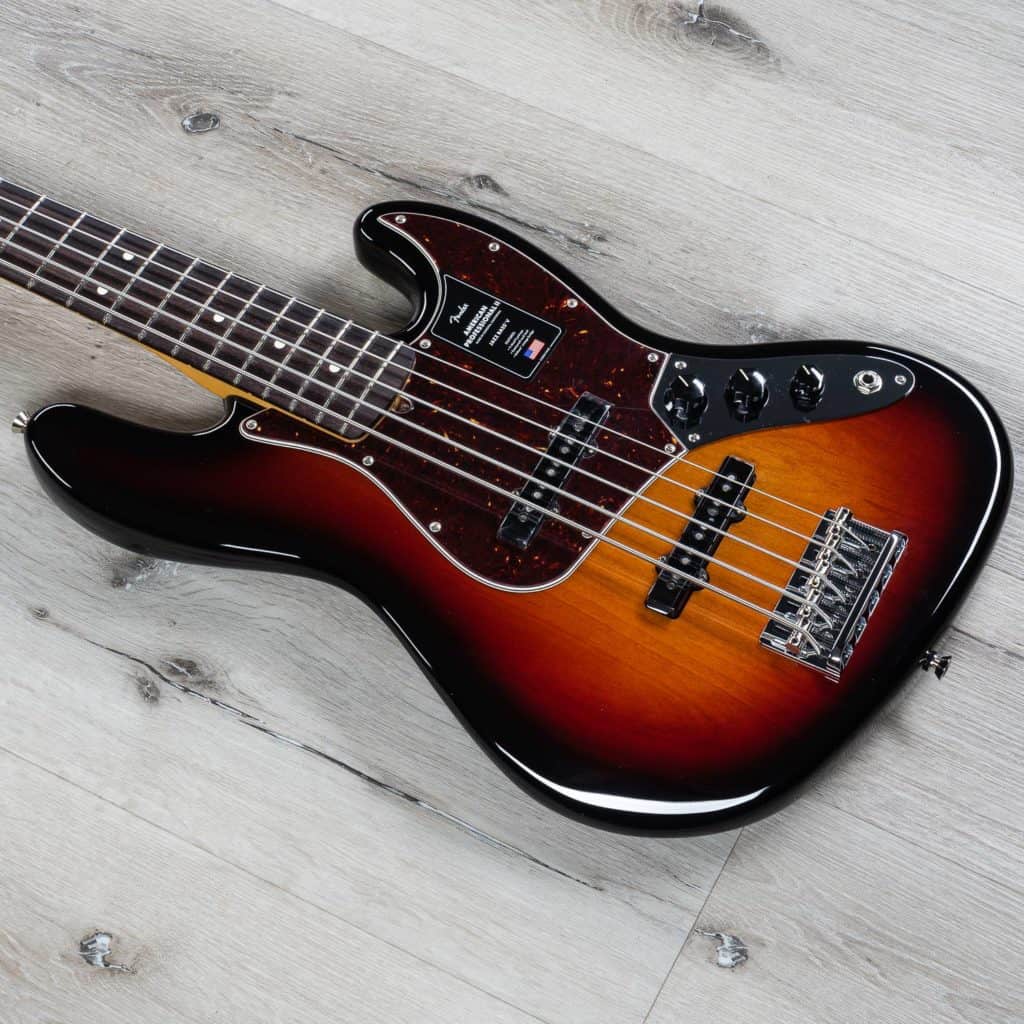
Any bass with a neck pickup will be a great choice, a Fender Jazz Bass would be the safer bet.
I personally very much like having the low B that a 5 string bass can provide me. But this is just a matter of taste.
As I mentioned earlier, basses with active pickups will also be a great choice since you can start shaping the EQ of your tone from the instrument itself.
What are the best bass amps for neo soul?
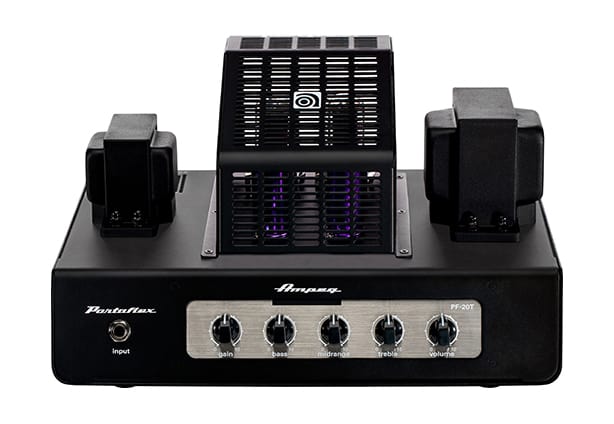
Go for the warm tone of a tube amp if you can afford it. Ampeg, Fender, Aguilar, Ashdown, among many others, will be great choices.
If you are on a budget any simulation of the classic vintage amps will get you very close too.
What are the best bass pedals for neo soul?
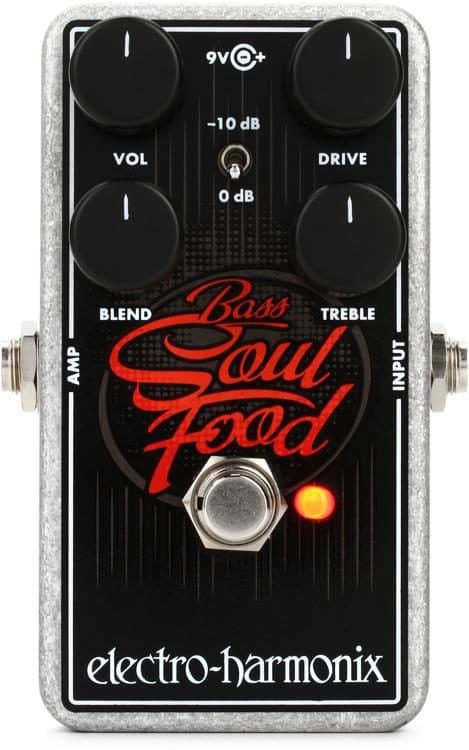
The neo soul tone is very simple, but as I said earlier, a good overdrive pedal will be a great addition to your arsenal, especially if it has mix (or blend) control.
The EHX Bass Soul Food is a great option for the genre.
As for compressor pedals, don’t go crazy. A Boss compressor pedal will do the work just fine. You can go boutique if you want, but you don’t need to.
An auto-wah or envelope filter could also be a nice flavor to add in some lines. The MXR bass envelope filter is a very versatile alternative.

Hello there, my name is Ramiro and I’ve been playing guitar for almost 20 years. I’m obsessed with everything gear-related and I thought it might be worth sharing it. From guitars, pedals, amps, and synths to studio gear and production tips, I hope you find what I post here useful, and I’ll try my best to keep it entertaining also.

